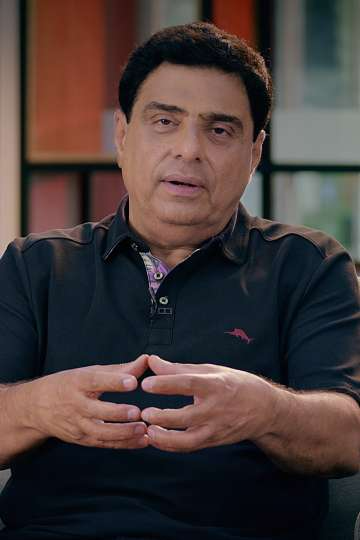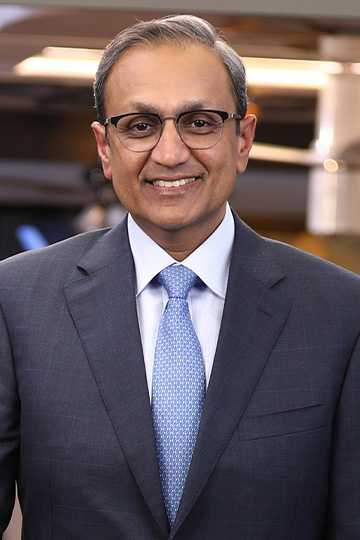 Spotlight Wire
Spotlight WireStage 1: Building a strong foundation (Age 20–30)
Start early and let time work for you
In your 20s, you’re just beginning your career, and retirement may seem far away. But this is the perfect time to start planning. Even small investments made now can grow into a large fund over time. Thanks to the power of compounding with time value of money, the earlier you start, the more your money will grow.
What you should do:
- Save consistently: Aim to save 10-15% of your monthly income.
- Start investing through SIPs: SIPs (Systematic Investment Plans) are a great way to invest small amounts regularly in mutual funds. They are easy to set up and allow your money to grow over time.
- Learn to budget and save: Create a simple budget, track your spending, and ensure you are saving and living within your means.
- Get term insurance and health coverage: It’s much cheaper when you’re younger, and it gives you a safety net in case of emergencies.
Balancing family, work, and financial goals
In your 30s and 40s, life becomes busier. You might have a family, a mortgage, and children’s education to think about. With these added responsibilities, your income likely increases, but so do your expenses. Many people think it’s too early to plan for retirement at this stage. However, this is the best time to build your wealth for the future.
What you should do:
- Increase your SIPs: As your income grows, increase your monthly SIP investments.
- Build a Contingency fund: Set aside enough money to cover 6–12 months of living expenses. This will act as a safety net for unexpected situations.
- Invest in PPF, NPS, EPF, and mutual funds: These are great options for long-term savings. Each has its advantages and disadvantages — PPF and NPS offer tax benefits, while mutual funds have the potential for higher returns.
- Get health insurance: Make sure you and your family are covered by a good health insurance policy.
- Plan for your future goals: Start thinking about long-term goals like your children’s education, marriage, owning a house, and so on.
Maximising savings and protecting your wealth
By your late 40s and 50s, retirement is getting closer, and your career may be at its peak. However, it’s crucial to shift your focus towards making your money work for you and ensuring that you’re on track for a secure retirement.
What you should do:
- Review your retirement savings: Take a close look at how much you’ve saved and whether you’re on track to meet your retirement goals.
- Shift to safer investments: As retirement nears, start moving some of your money into safer, low-risk investments such as PPF, NPS, or debt mutual funds.
- Invest in retirement-specific products: Consider investing in pension plans or annuities that will provide regular income after retirement.
- Ensure your health insurance is sufficient: As you age, healthcare costs tend to rise, so make sure you have comprehensive coverage.
- Avoid taking risky investments: At this stage, it’s better to avoid high-risk investments or large loans. Focus on preserving the wealth you’ve built.
Stage 4: The retirement years (Age 60 and Beyond)
Living off your savings and enjoying retirement
Now that you’ve stopped earning a regular income, your goal is to manage your savings wisely and ensure your money lasts through retirement. At this stage, it’s about using your resources to provide a steady income and protecting your health.
What you should do:
- Shift to income-generating investments: Consider options like SWPs (Systematic Withdrawal Plans), annuities, or senior citizen savings schemes that provide regular monthly income.
- Prioritise comprehensive healthcare coverage: Continue to focus on maintaining good health insurance coverage.
- Avoid risky investments: At this stage, safety is more important than high returns, so choose low-risk investments.
- Keep some money liquid: Make sure you have easy access to some of your savings in case of emergencies. Bank MOD/Auto sweep account / Liquid fund are the best options.
- Healthcare costs after 60: Medical costs can drain your savings if you’re unprepared.
- Solution: Get senior citizen health insurance and set up a separate medical emergency fund.
- Relying only on fixed deposits: Fixed deposits don’t usually keep up with inflation.
- Solution: Diversify your investments into mutual funds, PPF, NPS, tax-free incomes, and annuities to get better returns.
- Underestimating inflation: Inflation can drastically increase your expenses over time.
- Solution: Keep part of your portfolio in equity/ hybrid mutual funds to outpace inflation.
- Running out of money early: If you withdraw money too quickly or haven’t saved enough, you could run out of funds.
- Solution: Stick to a monthly withdrawal plan and consult a financial advisor to make sure you don’t overspend.
Even if you’re in your 40s or 50s and haven’t started saving for retirement yet, it’s not too late. Here’s what you can do:
- Save aggressively: Cut unnecessary expenses and focus on saving more.
- Maximise investments in NPS, mutual funds, and senior citizen schemes: These options can help you catch up quickly.
- Consider working longer: If your health allows, working for a few more years can give you a better financial cushion.
- Generate rental income: If you own property, consider renting it out for additional income.
Trinath Lenka CFP(Certified Financial Planner)
Managing Director: www.wallet4wealth.com
Email: trinath.lenka@wallet4welath.com
WhatsApp: 9238000131
Disclaimer: The above content is non-editorial, and TIL hereby disclaims any and all warranties, expressed or implied, relating to the same. TIL does not guarantee, vouch for or necessarily endorse any of the above content, nor is it responsible for them in any manner whatsoever. The article does not constitute investment advice. Please take all steps necessary to ascertain that any information and content provided is correct, updated and verified.























